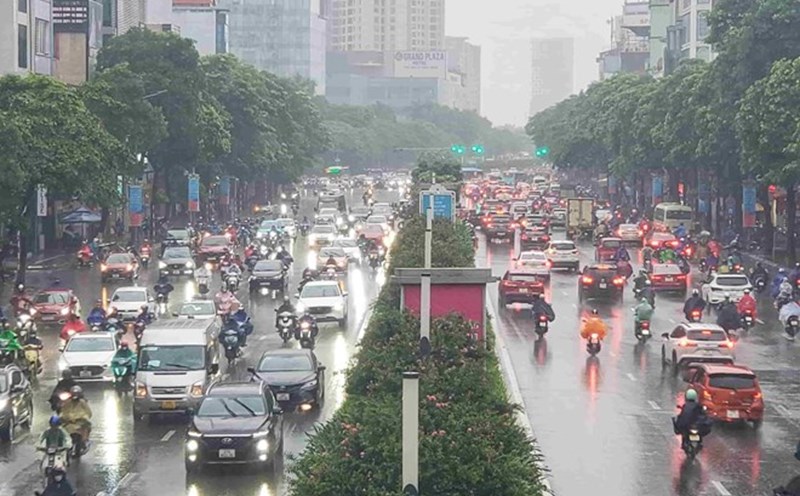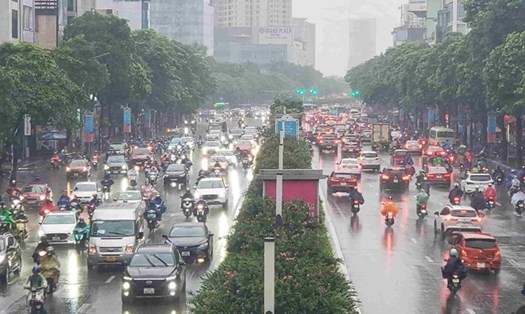According to the weather forecast of the Department of Hydrometeorology, from now until the end of 2025, there may be 6-7 storms or tropical depressions in the East Sea, of which about half are likely to directly affect the mainland of Vietnam. At the end of the storm season, it often affects the Central and Southern regions strongly.
This year, cold air is forecast to arrive early, from September to October.
At the end of the year, the cold air will be more active from November, causing widespread severe cold in the North in the second half of December. Highland provinces need to be on guard against the possibility of frost and ice.
Severe cold and severe cold are likely to occur at approximately the same level as the average of many years in the same period.
The combination of storms, tropical depressions and cold air can cause heavy rain in a short time, increasing the risk of urban flooding, flash floods and landslides in the Central Highlands.
Widespread heavy rain will be concentrated in the North in September. In September-October, heavy rain will be concentrated in the Central region. In November and December, heavy rain will occur in the area from Quang Tri to Quang Ngai, Khanh Hoa and the eastern part of Gia Lai to Lam Dong provinces...
The recent storm No. 5 Kajiki was an unusual storm, strengthening very quickly in just 3 days, causing damage of about VND2,900 billion in Nghe An, Thanh Hoa and Ha Tinh.
Before making landfall, the storm reached level 14, gusting to level 17, equivalent to Typhoon Yagi (2024) and stronger than Typhoon Doksuri (2017).
To date, Tapah is the 7th storm to appear in the East Sea this year. Before that, storm No. 6 Nongfa made landfall in Ha Tinh - Quang Tri.
This year's Central region rainy season will be concentrated in October, November and the first half of December, coinciding with the time when storms and tropical depressions are active.
Floods on the main rivers of the North are forecast to be at alert level 1-2; small rivers, upstream and areas from Thanh Hoa to Lam Dong generally have alert level 2-3, some places may exceed alert level 3.
On rivers from Quang Tri to Lam Dong, major floods are likely to occur in October-November and may last until the end of the year, coinciding with the time for reservoir water storage.
For the Mekong River basin, the flood peak is equivalent to the average of many years, the water level in Tan Chau and Chau Doc reaches alert level 1, the downstream can rise to alert level 2-3, even exceeding alert level 3.
From now until the end of the year, tourists coming to the Central, Southern and Northern mountainous regions should closely monitor storm, tropical depression and heavy rain forecasts. Limit travel to mountainous areas when there are warnings of the risk of flash floods and landslides.
When traveling by sea, especially in the Central coastal provinces, you need to pay attention to strong winds and big waves, and follow the instructions of local authorities and rescue forces. Tourists coming to the North in December should prepare warm clothes to avoid severe cold, especially when visiting highland destinations.




